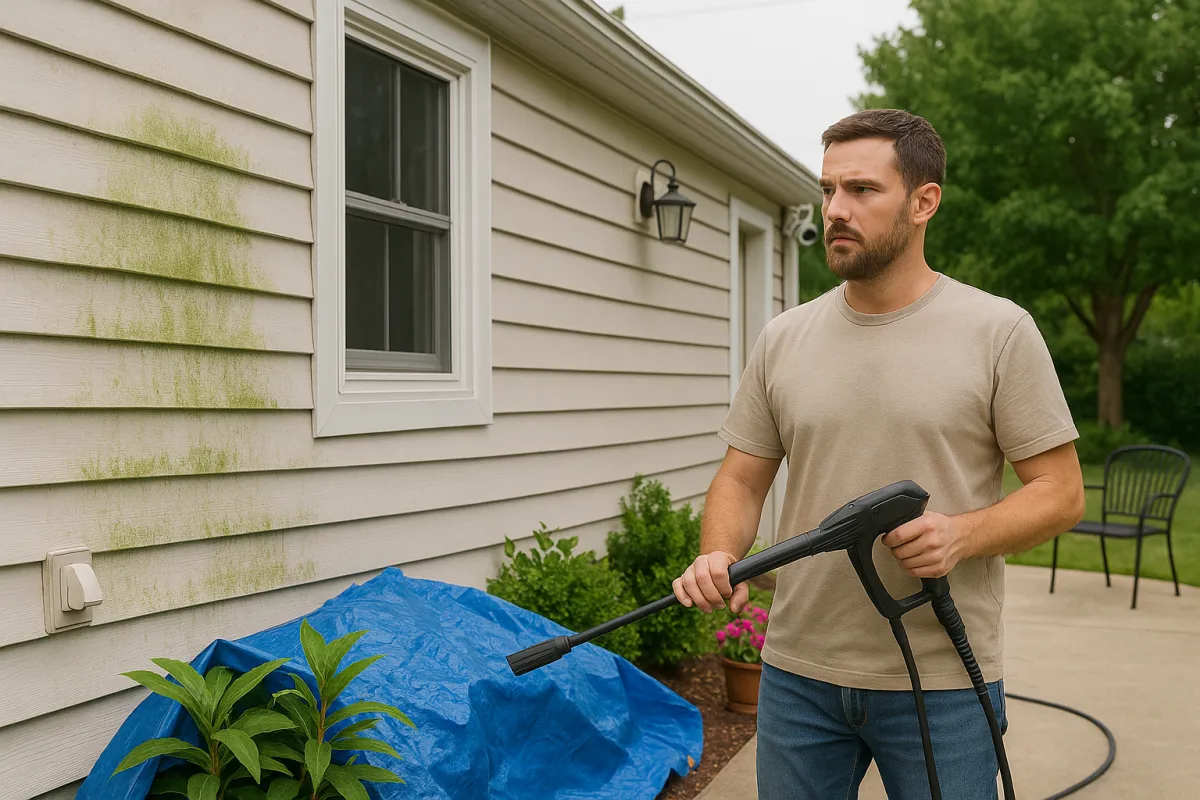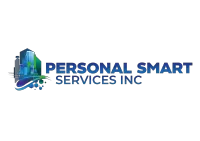Blogs

What to Watch Out for Before a Power Wash (and How to Avoid Costly Mistakes)
There’s something incredibly satisfying about seeing years of dirt, grime, and algae disappear in seconds under the force of a pressure washer. But what many homeowners don’t realize is that what looks like a simple, refreshing cleaning process can go very wrong — and quickly.
The truth is, power washing involves far more than just spraying water. You’re dealing with high pressure, specialized nozzles, and often, chemical detergents. If you’re not careful, that magical “before and after” moment might be followed by cracked siding, stripped paint, or even injured plants.
That’s why preparation is everything. Before the washing starts, it’s critical to evaluate your surroundings.
Let’s start with nature. Your landscaping isn’t just a backdrop; it’s part of your home’s identity. Yet shrubs, flower beds, and trees are often hit hardest by a careless wash. The pressure itself can snap stems or strip bark, but even more dangerous is the chemical runoff from soaps and detergents. Plants don’t recover easily from that kind of damage. Professionals will typically use tarps to protect greenery or redirect runoff, but if you're doing it yourself, take a moment to rinse your plants with water before and after cleaning to dilute any harsh agents. Move potted plants away from the splash zone entirely.
Then there’s glass — beautiful, fragile, and surprisingly vulnerable. Power washers can crack window panes or force water through weakened seals, especially on older homes. Don’t just assume your windows are up to the task. Walk around your property beforehand. Are there any chips in the glass? Any signs of compromised caulking or loose trim? If so, steer clear with the washer or lower the pressure significantly. Always use a wide-angle tip and stand several feet back.
Outdoor furniture and décor can also take a beating if left in place. Wood furniture may splinter, fabric cushions can be soaked with detergent, and lightweight items may get knocked over or blown across the yard. Take five minutes to clear the space, and you’ll save yourself a lot of cleanup later — not to mention avoid the risk of damaging something irreplaceable.
And don’t forget the less visible areas: electrical outlets, light fixtures, and security cameras. All of these need to be sealed off or avoided completely. Water and electricity are not a mix you want to experiment with.
Finally, let’s talk about mindset. Whether you’re hiring a professional or doing it yourself, always treat power washing like a controlled process — not just a “point and spray” job. Start slowly, use the right pressure and nozzle for the surface, and do small test spots. Don’t rush. The goal isn’t just to make things look cleaner — it’s to do it without causing harm.
Contact Us
Need a trusted and professional cleaning service for your business? We’re here to help! Contact Personal Smart Services today and let’s create a cleaner, healthier space for your workplace.
📞 Phone: (508) 978-3003
📧 Email: [email protected]
🕒 Business Hours:
Monday – Saturday: 9:00am - 8:00pm
Sunday: Closed
Fill out the form, and our team will get back to you as soon as possible!
Make a Call



